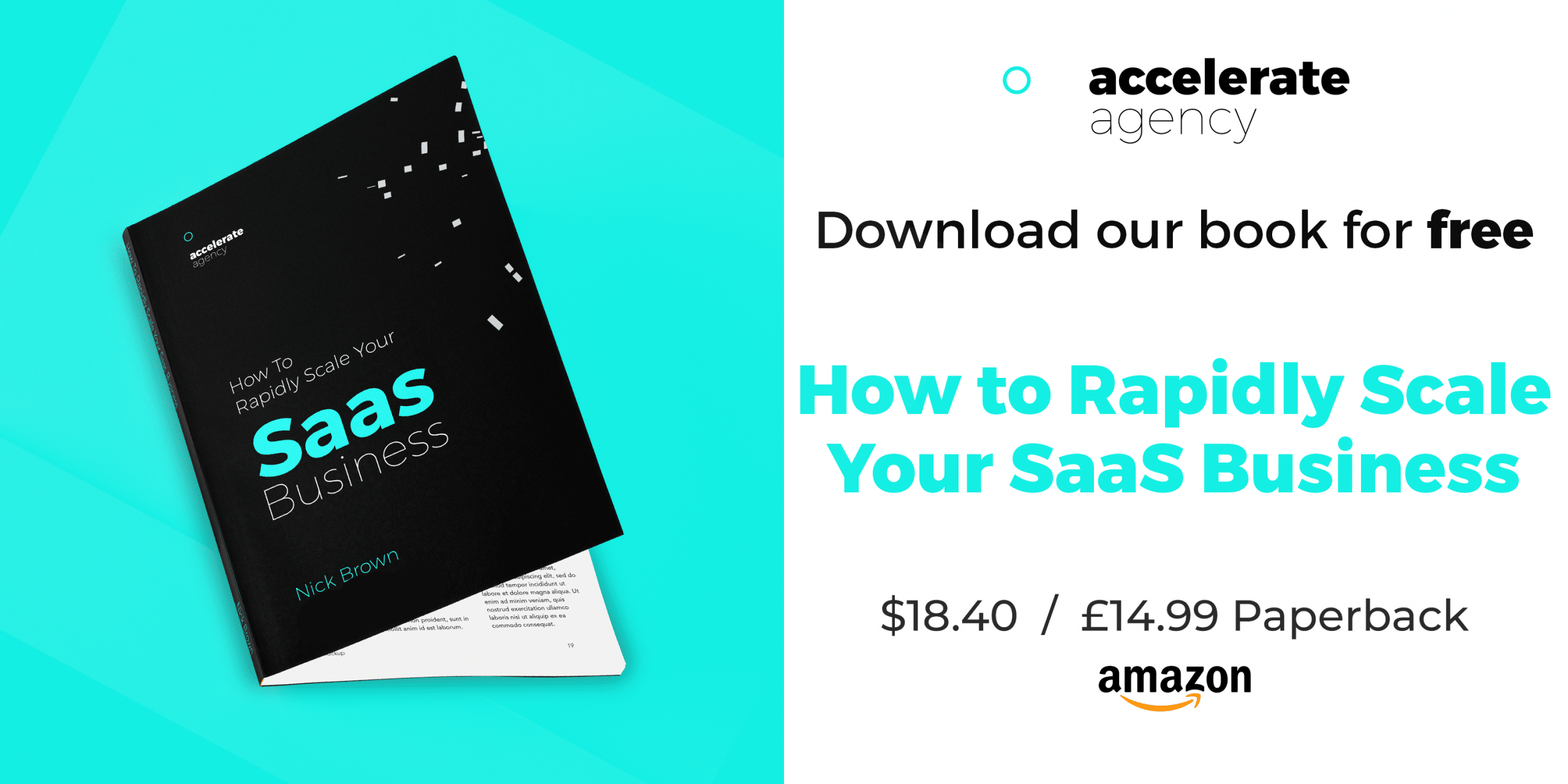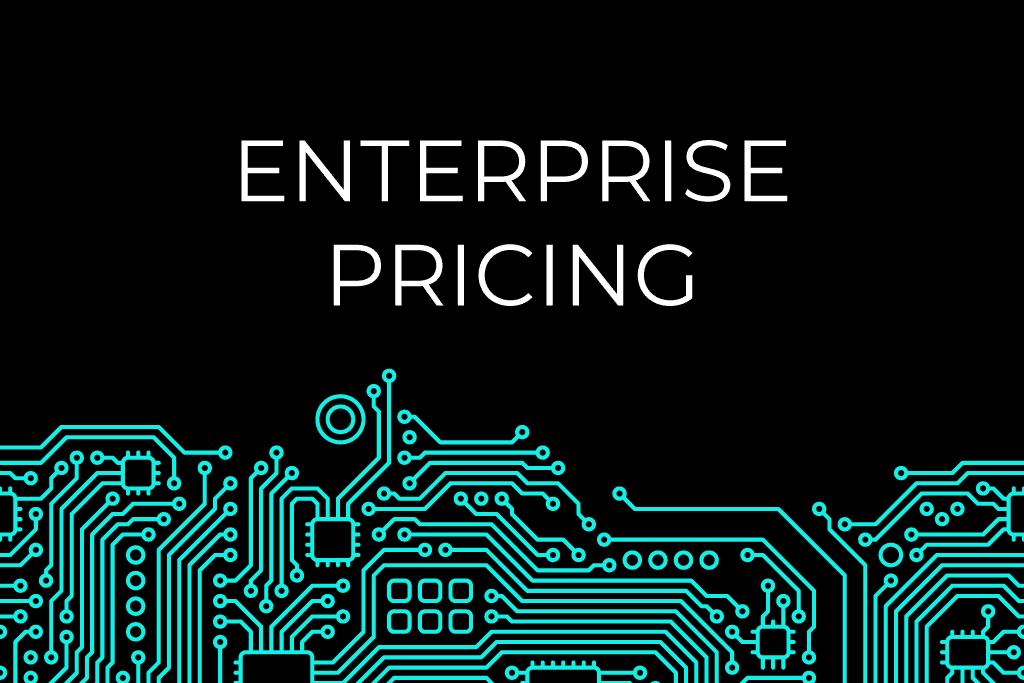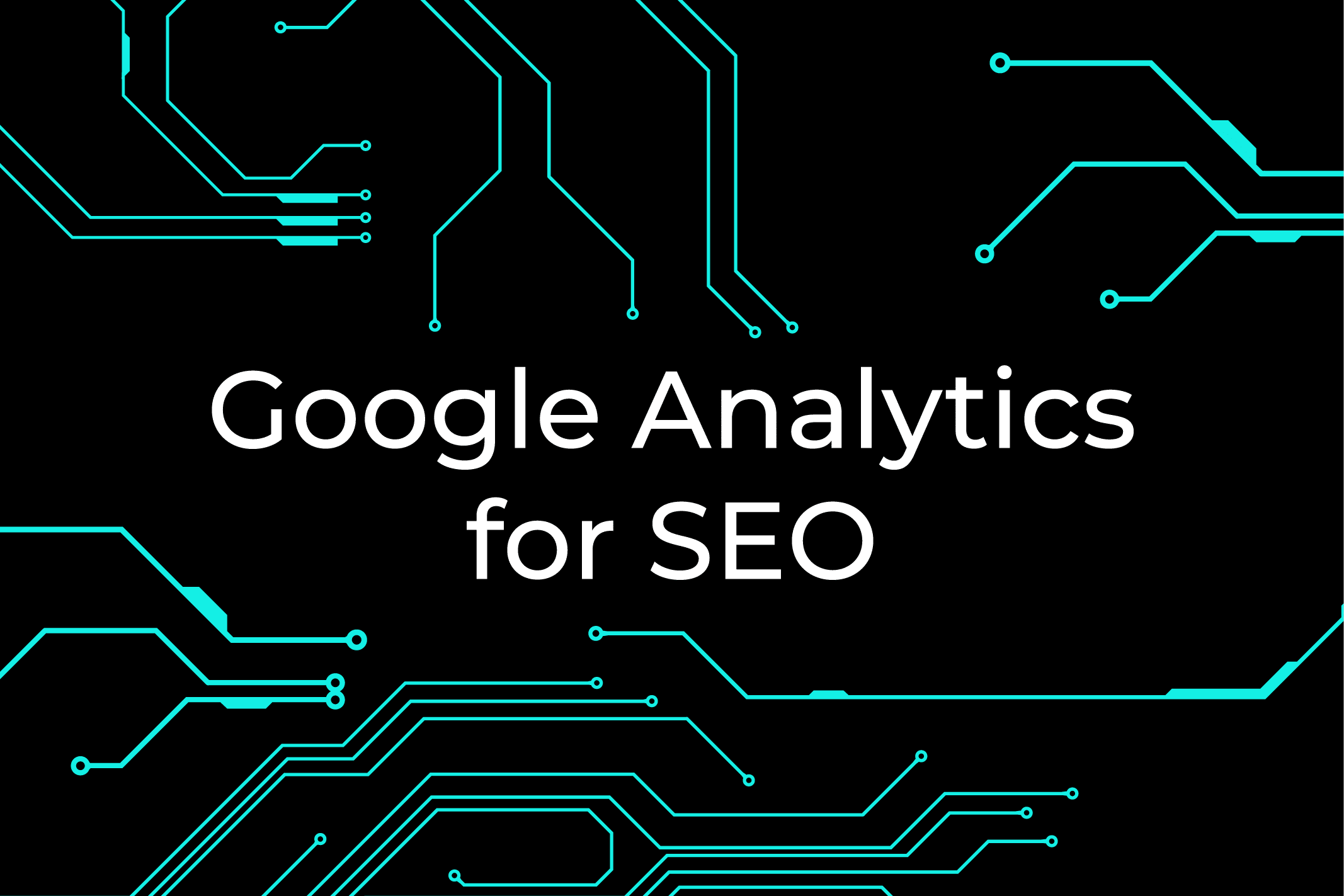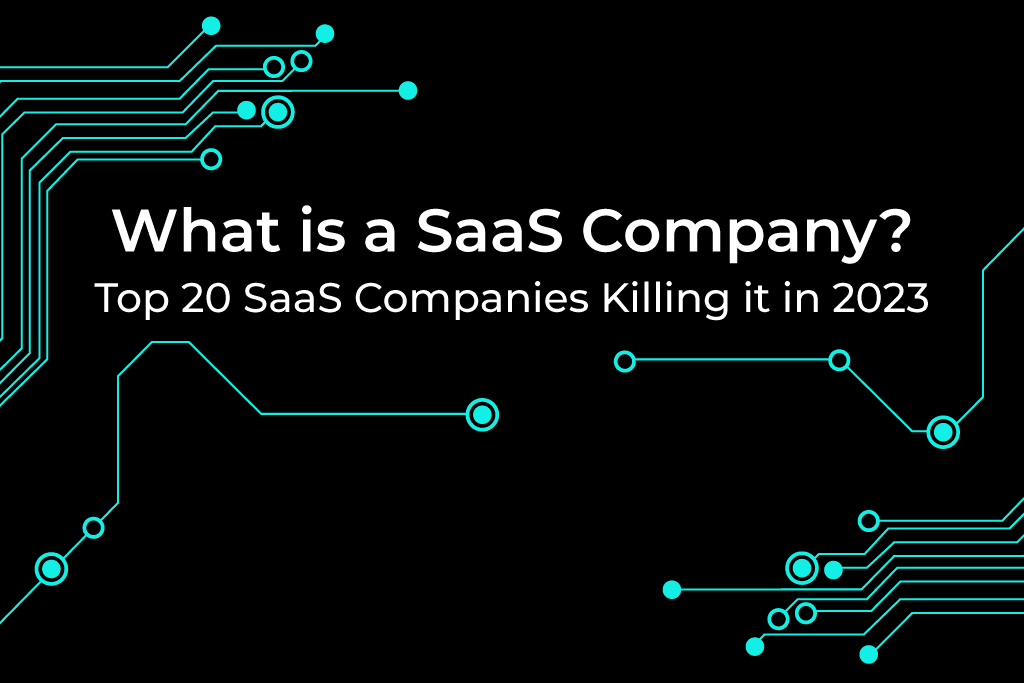What is Enterprise SaaS? Take Your SaaS Company to The Next Level
In case you’re pushed for time, here’s a list of the sections in this article so you can jump straight in where you want.
- What is enterprise SaaS?
- What is SaaS?
- What is enterprise?
- What is the difference between enterprise and B2B SaaS?
- Customizability
- Functionality
- Querying/reporting
- Pricing and cash flow
- Testing and training
- The stages of a SaaS company
- Pre-setup
- Setup
- Growth
- Maturity
- Things to consider in the enterprise SaaS business model
- Demands in enterprise
- What is enterprise SaaS pricing?
- What is enterprise SaaS churn rate?
- Is your app ready for enterprise buyers?
- How to scale your B2B SaaS business
- Go-to-market strategy
- Account-focused sales
- Your team
- Final thoughts: Is enterprise the next step for your SaaS company?
If your SaaS company is doing well, you’re probably thinking about the next stage in its evolution. Moving from the SMB market and targeting enterprise customers is one way to maximize revenue and reduce churn, and this could be the perfect time to start.
The enterprise software market has seen high growth, with market revenues more than doubling between 2009 and 2019 (blame COVID for a slower-than-expected 2020). Meanwhile, spending on SaaS cloud services is predicted to reach $122.6B this year, with 19.3 percent growth between 2021 and 2022.
Put the two together, and it makes sense to develop SaaS products aimed at the enterprise market. However, there are lots of factors to consider before taking the plunge.
We’re going to explore exactly what enterprise SaaS is, and how you can use content marketing to successfully reach your target customers.
What is enterprise SaaS?
Traditionally, enterprise software and SaaS offerings were separate things—but in combination, enterprise SaaS pairs the functionality required for running a large business with the ease (and cost savings) of a cloud-based operation. Let’s unpick the terminology.
What is SaaS?
SaaS, or “software as a service”, means that SaaS companies offer products on demand (kind of like a rental). The software is cloud-based and accessible from any device with an internet connection. Often, the service is available via a web or mobile browser, instead of downloading an app.
SaaS works on a multi-tenant basis, with multiple organizations working in the same database. This means cloud service providers can handle maintenance and updates more efficiently. Data from different customers is kept separate—and SaaS vendors have more control over their products, making for stronger security.
With faster updates, transparent pricing, and a better overall user experience, it’s not surprising that SaaS is attractive to large enterprises as well as small businesses.

We’ll just mention a couple of other similar concepts here. Platform as a Service (PaaS) provides a platform for software creation, instead of delivering it over the internet.
Infrastructure as a Service (IaaS) delivers cloud computing infrastructure such as servers, operating systems, and storage. Businesses purchase resources on-demand instead of buying hardware outright.
What is enterprise?
Enterprise-level businesses are large organizations with hundreds or thousands of employees. They’ll have billions in revenue and operate global supply chains, so they rely on dynamic technologies to handle large workflows.
Thanks to their large budgets, these companies can afford top-shelf software designed to solve any problems they might experience. Enterprise products or solutions are marketed as very knowledge-intensive and represent a significant investment.
This used to mean traditional enterprise software, which an organization would buy and install on-premises. But a growing number of software companies are able to offer enterprise-specific solutions with on-demand SaaS—bringing the benefits of increased productivity and lower ownership costs.
If you can attract enterprise customers and charge them enterprise prices for your SaaS, you’ll see more revenue from fewer accounts and lower user churn.
Book a Consultation
What is the difference between enterprise and B2B SaaS?
Not all B2B software is enterprise-level, so you need to sell the right kind of product to high-value customers. If you charge enterprise prices, you have to deliver an enterprise-level solution (and use SaaS content marketing experts like Accelerate Agency to let people know about it!)
B2B SaaS means selling your service to other businesses, rather than individual consumers. These companies tend to focus on customer needs that are specific to business owners and management teams, and often offer self-service solutions to help them achieve goals.
Enterprise customers share some of the same needs—they’ll want to optimize their marketing, customer service, and operations—but you need to sell them a tailored solution and an overall experience, rather than just a product.
Enterprise SaaS is more expensive than SaaS for SMBs, as it contains more features, customization options, and top-notch customer support. Let’s take a look at the main elements of an enterprise solution.
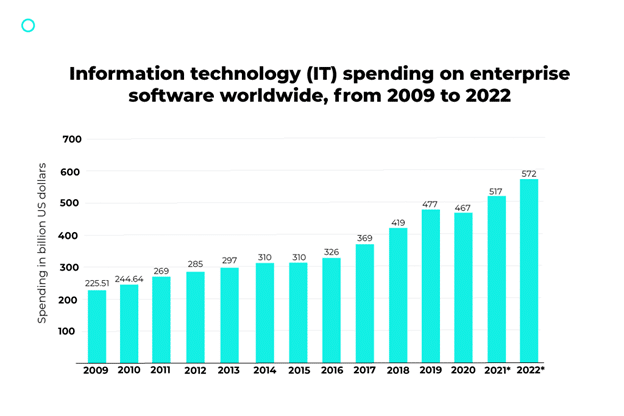
Customizability
It used to be the case that traditional enterprise software was more customizable, as the customer owned it outright. But these days, it’s SaaS providers that offer much more scope for customization.
SaaS software is built using open web-based architecture with low-cost tools that enable software vendors to create, test, and introduce new features at a rapid pace.
These features are also designed to be easily configurable by the end user, but delivered as a service that is hosted, supported, and maintained by the provider. Enterprise SaaS applications have intuitive interfaces and integrate with the existing tech stack. New releases are available instantly—so no time-consuming upgrades!
Functionality
Enterprise SaaS should be robust enough to handle large-scale workflows and numerous employees, and provide the latest smart features to help enterprise customers stay at the forefront of their industry.
An enterprise solution might include process automation, real-time Google analytics tips and tricks, and advanced security settings. Tools for successful communication and collaboration are also crucial for large organizations.
Deployment of SaaS is fast and stress-free (compared with the time and money involved in installing on-premises solutions), while upgrades roll out automatically to all users. Customers don’t need big storage facilities—plus, storage and backups are the responsibility of the host.
Querying/reporting
The multi-tenant nature of SaaS offerings can present a challenge when it comes to creating queries and reports, which are sometimes limited in availability to the user.
With traditional enterprise software, querying and reporting could be carried out via third-party tools, or datasets could be pulled and reformatted in a data warehouse.
So, if you’re going to sell enterprise SaaS, you need to ensure that you do provide opportunities for querying and reporting—perhaps with built-in tools so that your enterprise customers can easily access the data they need.
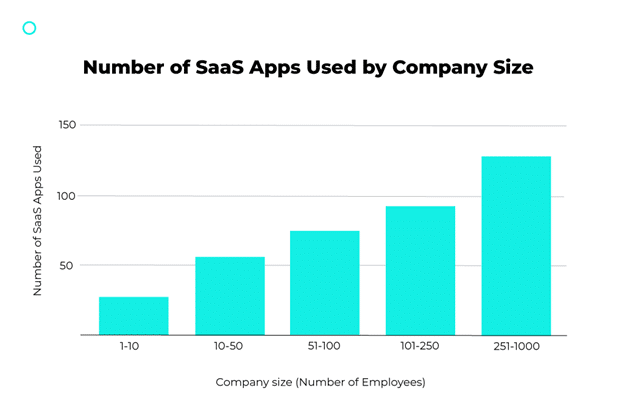
Pricing and cash flow
As we mentioned, enterprise customers expect to pay more for the perfect SaaS solution. Compared to smaller businesses, they are more likely to sign up to contracts and pay annually upfront.
This is great for your cash flow! You might have fewer customers, but they’ll generate higher Annual Customer Value and Lifetime Value.
Even though enterprise software may offer more functionality, it comes with a much higher price tag for upfront and ongoing costs. And while enterprise firms typically have large budgets, they’ll still be looking for smart ways to save—so you should market your SaaS product accordingly.
The SaaS model means customers pay only for what they use, and they don’t need to fork out for hardware or maintenance. There’s limited capital expense, and lower total cost of ownership (TCO). Plus, if your offering is feature-rich and works like a dream, your enterprise customers will get the best of both worlds.
Testing and training
Speaking of “working like a dream” . . . enterprise customers will definitely expect your software to perform to the highest standards. This means testing, testing, testing!
Check everything from overall performance to security, scalability, integrations, cross-platform compatibility, and the billing system. Because SaaS generates frequent updates, you should carry out regular testing to enhance user experience and reduce issues.
Trial your product on enterprise organizations to gather feedback and ensure it’s ticking all the boxes before it goes to market. You could use professional crowd testing to make sure it works on a range of devices and operating systems across the world, since your enterprise customers will likely have global links.
It’s also important to offer training, so that your customers know how to access all the benefits of your software. SaaS enables this to be delivered online and on-demand for max convenience.

The stages of an SaaS company
SaaS companies are typically built in three or four distinct phases. Let’s take a look.
Pre-setup
Some people combine this section with setup, while others see it as separate. Either way, this is where your SaaS company should focus on identifying a customer problem and figuring out how your SaaS product can fix it.
As well as talking to potential customers, this is the time to source financing (often from friends and family), build relationships with mentors, and consider joining an incubator group to help you get off the mark.
Setup
Once you’ve discovered a need for your product and identified your target market, you can set about creating the product and positioning it in the market.
Take the time to refine core features and establish the metrics you’ll use to measure success. Plan your marketing and sales strategy, consider options for customer support, and consolidate your finances.
Remember that, as a startup, it takes longer to validate your market than you might expect. Resist the pressure to scale prematurely, and keep an eye on process improvement before moving to the next stage.
Growth
Yay! Your product has found its niche, your processes are running smoothly, and you’re attracting paying customers. Now you can move up a gear with aggressive customer acquisition and scaling.
SaaS companies can reach a widespread market, so growth can happen quickly—be ready to expand your marketing, sales, and customer service teams swiftly in order to keep customers happy. Don’t let your costs scale faster than your revenue.
As you acquire and retain more customers, your revenue will grow, and you can reinvest into products and services. At the SaaS growth stage, you may need to source extra capital to support the push for extra sales, including money for hiring executives.

Maturity
By this stage, your customers have gotten to know your company and the benefits you offer. Your operations are being delivered at scale, and you know how to measure your data and make accurate forecasts.
The advantage of SaaS is that you can continue to gain new customers without increasing your overheads, thanks to reinvestment into customer service software, marketing automation, and product updates.
Now you can think about global expansion and look out for acquisition opportunities. You may decide to add new products or services, while continuing to invest in growth. Finally, you may consider a stock launch or other exit strategy.
Things to consider in the enterprise SaaS business model
SaaS solutions are proving increasingly popular with enterprise businesses, but you still need to work hard to get them interested in your product. We’ve already talked about the importance of market research, and it’s worth zoning in on very specific customers who would benefit most from your unique solution.
Here are a few other things you need to consider.
Demands in enterprise
Enterprise customers will bring you more revenue, but you’ll have to be prepared to meet super-high demands at every step of the way. You can’t expect them to pay top dollar if the solution isn’t up to the task.
Once you’ve identified which features are most important to your target customer, you can package them as a customizable enterprise plan designed to handle their specific issues and challenges. You also need to deliver on reliability and data security, as well as user experience and design.
Enterprise businesses expect high-touch engagements with their software providers, so white-glove customer support is essential—your clients should be able to chat with an executive if they wish, and receive almost-instant responses to queries.
Don’t be complacent—no enterprise company will agree to pay more just because they can afford it!
What is enterprise SaaS pricing?

Enterprise SaaS pricing is the price you’re asking enterprise customers to pay for your services. This is often roughly 10x your current prices, but there’s no magic number—and most SaaS companies make the mistake of pricing too low, not too high.
High prices demonstrate to the customer that the solution is valuable, while bespoke packages communicate exclusivity. For instance, if you choose to use tiered pricing, you could include an Enterprise tier with a “contact us for prices” button to show that it’s the gold standard.
Other pricing models for SaaS include charges based on overall usage, per active user, or per feature. It’s a good idea to encourage upfront payments to boost your cash flow, and enterprise businesses should be happier than most to do this.
Whatever price point and strategy you use, you must show the customer that the solution is enterprise-level—that it has enough features and functionality to make it worth the higher price.
What is enterprise SaaS churn rate?
Churn rate is the percentage at which SaaS consumers cancel their monthly subscription to go elsewhere, or the predicted likelihood that they will do so.
It can be measured over a period of time (monthly, quarterly, or annually), and is a valuable SaaS metric for forecasting revenue and analyzing performance.
Businesses tend to see less churn from enterprise customers, who have invested more in the product and signed up for longer contracts with advance payments. But it’s still worth keeping an eye on this metric, especially if you only have a few high-value clients.

The most common ways to calculate churn are Dollar Churn Rate and Logo Churn Rate. The former consists of dollars lost, both from customers leaving and downgrading, while the latter represents the percentage of customers that have left your service.
Most sources agree that an acceptable churn rate for enterprise is between five and ten percent annually, but every company is different.
For high-growth SaaS companies, an acceptable churn rate might be the “net negative revenue churn”, the rate at which increased revenue from existing customers outweighs the revenue lost from those who canceled their accounts.
Is your app ready for enterprise buyers?
When you’re aiming at enterprise buyers, you’ve got to ensure your app will catch their eye—and that you can demonstrate how it’s perfect for big-business, heavy-use requirements.
The app needs plenty of features designed to address the target customer’s pain points. Think AI-powered automation, top security, and advanced analytics. Consider including enterprise resource planning (ERP) software to manage and integrate business processes through a single system, and human resource management tools.
Cross-platform support is also important, so your customers can choose to use the solution as a desktop or mobile app (or as a browser-based solution). Be ready with updates and upgrades, and roll them out automatically with no hassle to the customer.
Offer opportunities for customization, and make sure the app works seamlessly with existing tech stacks and integrates with other high-end tools, like Salesforce for CRM. Carry out rigorous testing to eliminate bugs or glitches that will annoy the customer—the aim is to make their life easier!
Enterprises will pay more for features that allow them to operate at scale. As your smaller customers won’t want or need these functions, you can reveal them only to enterprise customers using the tiered or per-feature pricing model.
It goes without saying that you need to communicate your product’s worth to potential enterprise customers—ask Accelerate Agency to help you with targeted content marketing.

How to scale your B2B SaaS business
Here are a few extra tips to help you get your SaaS business ready for enterprise customers.
Go-to-market strategy
A go-to-market strategy is an action plan for how your company will launch, promote, and sell its product as a unique value proposition. It identifies a target audience, includes a marketing plan, and outlines a sales strategy.
You’ll need to decide on a pricing strategy, sales channels and tactics, and a budget for product launch and marketing. A planned customer journey map is also useful, as are steps for training your sales and support teams.
A go-to-market strategy is typically created by the marketing department, but the product team should also be involved.
Account-focused sales
Account-focused sales is a very personalized approach in which the sales and marketing departments collaborate to meet customers’ individual needs.
Instead of one salesperson targeting a single contact, you dedicate a whole team to target multiple stakeholders at the prospective customer’s company.
It’s perfect for subscription-based products like enterprise SaaS, as the integration of sales, marketing, and customer support enables consistent messaging, reduced churn, and opportunities for upselling and cross-selling.
This method relies on tailored content at each stage of the sales process and for different buyer personas. As well as email and social media, you can target high-value clients with personalized webinars, workshops and product trials. Sounds daunting? Accelerate Agency can help you with that!
Your team
Catering for enterprise customers means having a large team in place, as the high-touch approach requires sales and customer success teams to spend more time building customer relationships. And global enterprise customers will expect guaranteed fast responses across time zones.
Although a growing business might be tempted to scale up by bringing in contractors, it’s best to hire your own people—then you have total control and can ensure the high standards that your customers demand.
Final thoughts: Is enterprise the next step for your SaaS company?
Creating a product that ticks all the boxes for an enterprise company is tricky, and it takes a lot of hard work. But it’s a good time to get into this market, as more enterprise firms decide to go down the SaaS route.
Remember that implementing enterprise software can cost an organization millions of dollars, so you’ve got to demonstrate that your product is worth it. Get to know your customers in depth, focus on meeting a need, and use feedback to help you adapt and improve.
If you get everything right, your software can become indispensable to enterprise customers, and they’ll stay with you for the long haul. Awesome products deserve awesome promotion, so get in touch with Accelerate for super-powered content marketing.
If you are enjoying this post why not book a consultation with accelerate agency to see how we can help skyrocket your SaaS business
